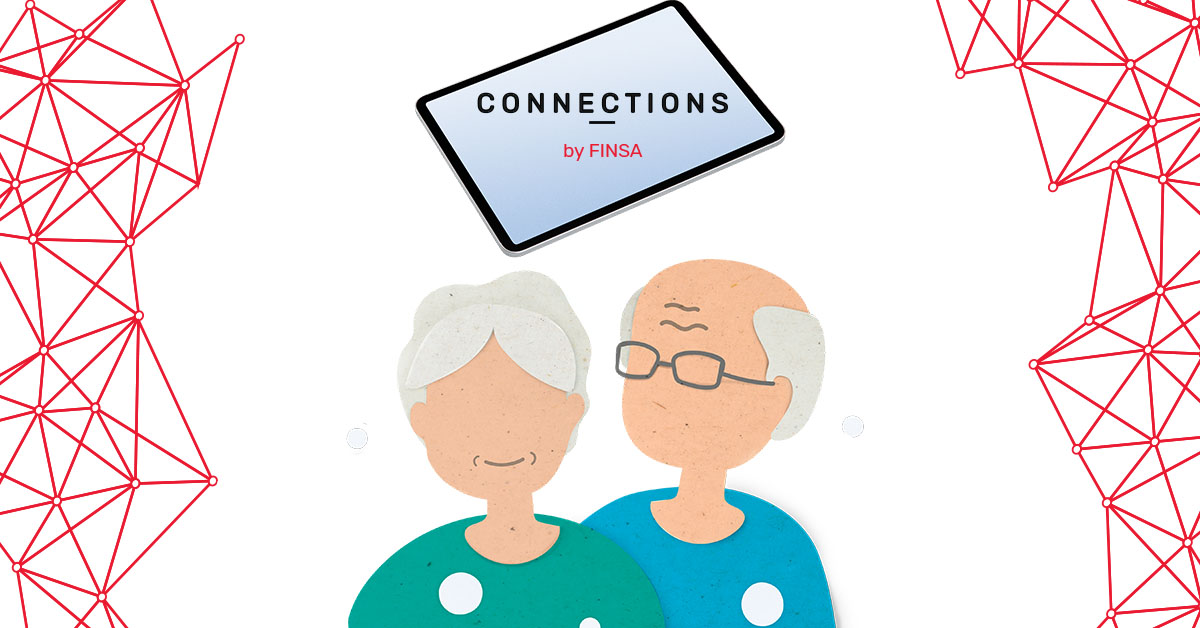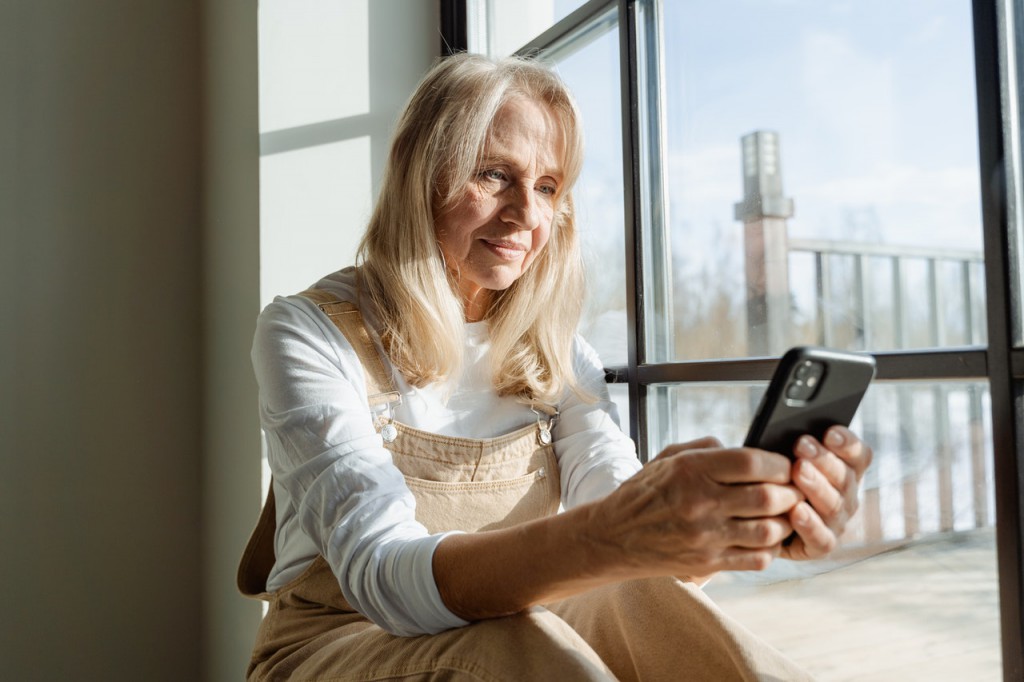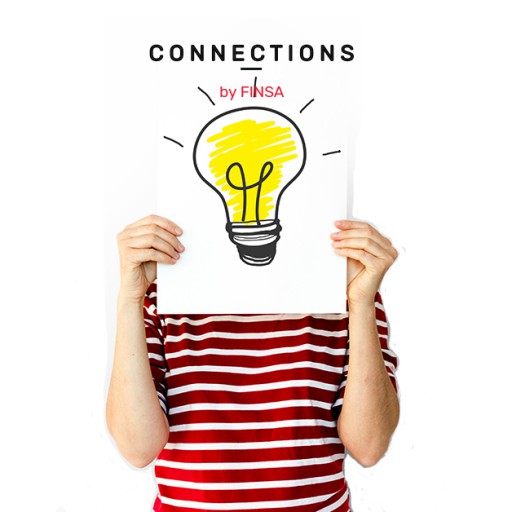Spain has the second-fastest aging population in the world, and the development of Information and Communication Technology (ICT) that helps the elderly is more necessary than ever. The digital gap caused by age is a reality and, according to data from Spain’s National Institute of Statistics, more than 40% of people between the ages of 65 and 74 don’t use the internet frequently.
Although this digital gap is closing, there is still a lot more to do to help this group, and ICT has a big role to play, including when it comes to saving lives.

ICT in seniors’ homes
There are some reasons to be hopeful. A survey conducted by Spain’s National Institute of Statistics (NIE) in 2020 regarding the use of ICT in homes shows that this gap has closed considerably, and that online shopping and general use of the internet has increased. In 2020, 7 out of 10 people between the ages of 65 and 74 used the internet, while in 2009, only 1 out of 10 people in this age group did the same.
In a country where more than 14 million people will be at retirement age in 50 years’ time, it’s essential to make sure that the needs of this group are met, and that ICT is working to achieve this.
It’s not just about seniors using the internet on a daily basis. It’s also about making their lives easier and more independent by having them use apps that help them at home, guarantee their safety, stimulate their memory, and provide opportunities for socialising.

The internet of things and the elderly
There are several areas in which ICT can help improve the quality of life of older people. One of these is perhaps the space most frequently used by the elderly: the home. Using technology in this environment can make it easier to manage mobility problems.
ICT has come up with some great innovations, including voice control, remote controls, and using a mobile phone or tablet to open and close doors or turn electronic devices on and off. Home automation is a huge help when it comes to improving liveability for the people in this age group.
The use of the Internet of Things (IoT) improves autonomy as well as safety and assistance for the elderly. Healthware refers to chips or sensors that can geolocate their wearer, collect information about vital signs, and alert family members or carers when the user has an accident at home. These sensors can also help the user inside the home, by lighting the way to the bathroom or recording when the person is awake, sending an alert if they need help.
Smart bracelets are already used by many people who live alone to help prevent falls and send out alerts, as well as to improve sleep and incontinence. There is now everything from electrocardiographs, smart pillboxes, beds that are connected to the cloud, and walkers with navigation systems that can detect obstacles. The ideas just keep coming.
One very successful example is Activage: Internet of the Things for ageing well, which is an ecosystem of pilot programs spread across seven European countries, including Spain. Users live in a safe and independent way in their own homes thanks to a network of sensors, buttons, apps, wearable gadgets, and more.
Connecting with others to prevent isolation
The need to communicate and have contact with others due to the isolation that comes with old age has worsened with the COVID-19 pandemic. The situation has helped close that digital gap a little bit more. According to the survey from the NIE, the difference between older groups and the rest of the population when it comes to the use of mobile technology has reduced to just five points.
Videocalls can help seniors feel less isolated as long as the technology adapts to the most common issues that they experience, such as a reduced field of vision, joint mobility problems, and hearing loss. Voice-activated computers and touch screens have improved accessibility for the elderly, reducing their sense of isolation.
Technology in the near future will also help this group through the use of virtual reality and robots that combine perception, communication, and awareness. Some devices are even capable of detecting emotions and reacting in the most appropriate way, creating long-lasting connections.
Want to know more about ICT apps designed for seniors? Take a look at this post that lists six of the essentials.




